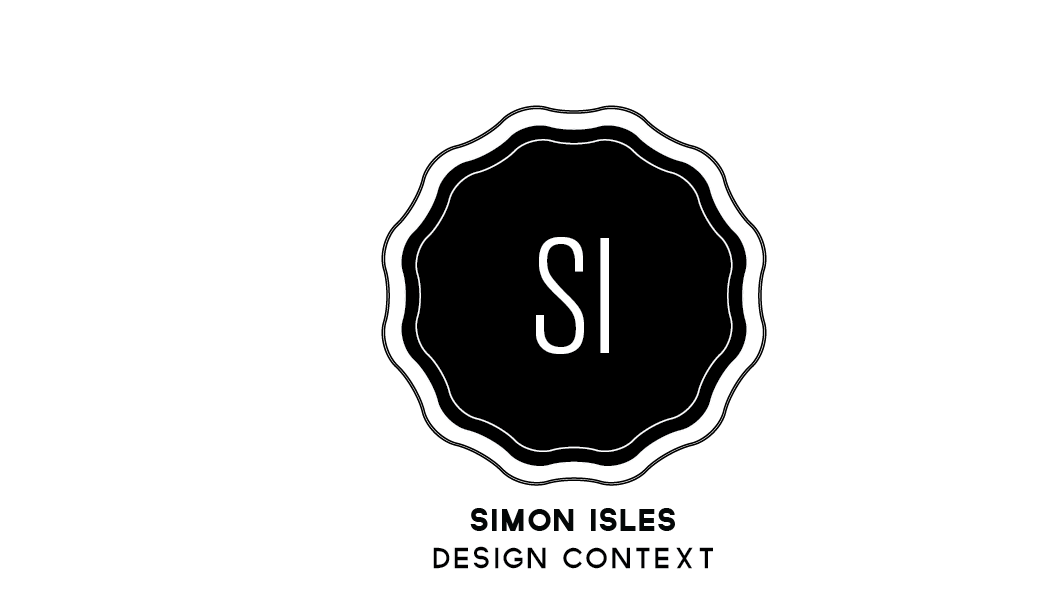Urban Surveillance and Panopticism
Panopticism is a modern social theory that was instituted to organise and control. By using Michel Foucault's chapter on Panoptism in the book 'Discipline and Punish', I will compare urban surveillance with Panopticism. In our modern day world the city is jammed full with CCTV cameras that are there to record and help investitigataton. But is that all they are doing? How does Panopticm come into it? "Visibility is a trap" (Foucault, Page 64) CCTV cameras relate very strongly with the Panoptocon, the idea and thought that you are being watched but you don't know when or who by, keeping people in control with out being phsyical in any form, making the city one big Panopticon.
"The major effect of the Panopticon: to induce in the intimate a state of conscious and permanent visibility that assures the automatic functioning of power. So to arrange things that surveillance is permanent in its effects, even if it is discontinuous in it's action."(Foucault, Page 65). If we concentrate on CCTV cameras we can relate to this quote from Foucault. The UK today has over 4.2 million cameras meaning on average there are 14 citizens to ever one camera. If people are aware of being watched by a surveyor so to speak will they act differently? These cameras are there to record crime but many people don't know if these cameras are actually working.
"He is seen but he does not see... axial visibility... lateral invisibility. And this invisibility is a guarantee of order." In the Panoptocon inmates were aware that they were being watch but they couldn't see who they were being watched by, or in fact, if they were being watched at all. It has been said that many cameras in the cities of the United Kingdom don't work, they are just there to make people think twice about committing any kind of offence. We don't know what cameras work and which ones don't, which at the end of the day means many people won't risk breaking the law.
"They are like so many cages, so many small theatres, in which each actor is alone, perfectly individualised and constantly visible." This is a strong sentence when summing up how one would 'act' in the Panopticon and indeed how one would 'act' when aware of being in the sight of a camera. We are being watched so we are being judged? Here Foucault's is relating a small thetre with being in the Panopticon, constantly being watched therefor contrantly acting to please your surveyor.
In conclusion the relation between CCTV cameras and the Panopticon are very obvious and strikingly similar. It all comes down to being aware you are open to judgement and you have to act in a way that will satisfy the viewer. As panoptic surveillance continuos to cover more and more of urban spaces, individuals will begin to learn that every move they take is being recorded and they will increasingly become aware of their behaviour. In a result of that they themselves will become better behaved, this was exactly the result inmates got when spending time in the Panopticon.
"They are like so many cages, so many small theatres, in which each actor is alone, perfectly individualised and constantly visible." This is a strong sentence when summing up how one would 'act' in the Panopticon and indeed how one would 'act' when aware of being in the sight of a camera. We are being watched so we are being judged? Here Foucault's is relating a small thetre with being in the Panopticon, constantly being watched therefor contrantly acting to please your surveyor.
In conclusion the relation between CCTV cameras and the Panopticon are very obvious and strikingly similar. It all comes down to being aware you are open to judgement and you have to act in a way that will satisfy the viewer. As panoptic surveillance continuos to cover more and more of urban spaces, individuals will begin to learn that every move they take is being recorded and they will increasingly become aware of their behaviour. In a result of that they themselves will become better behaved, this was exactly the result inmates got when spending time in the Panopticon.













































































